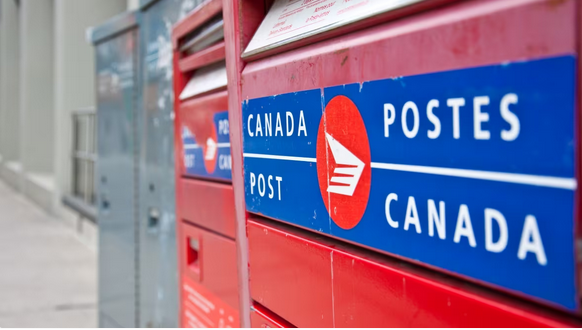Filing for insolvency an option for you, if you are so deep in debt and can’t get out, experts advised
If your debt is out of control and you can see no way out, filing for insolvency is an option that can help you get a handle on your finances and improve your credit history in the long run, experts say.
Insolvency refers to a financial state where you can’t pay your debts when they’re due, says Anne Arbour, director of partnerships and education at Credit Counselling Society.
The Office of the Superintendent of Bankruptcy (OSB) reported that more than 35,000 Canadians filed for insolvency in the second quarter of 2024, representing a 12.3 per cent jump from last year.
Once you’re insolvent, you have two main options: file for bankruptcy or opt for a consumer proposal, the latter of which is far more common, say Arbour and Doug Hoyes, co-founder of personal insolvency firm Hoyes, Michalos & Associates.
“If you’ve got $50,000 worth of debt across credit cards, bank loans, taxes and payday loans, one option is to go bankrupt, but the more common option is to file a consumer proposal,” says Arbour, “where you are proposing to your creditors to pay a portion or to seek forgiveness for a portion of your debts.”
A consumer proposal lets you renegotiate your unsecured debts — such as credit cards and lines of credit — while keeping your assets and secured debt, like a mortgage, separate.
Conversely, some of your assets or unsecured debts, like a mortgage or car loan, could be seized in a bankruptcy filing. Typically, consumers who file for a consumer proposal have exhausted several options, including increasing their income through a second job and lowering their expenses or consolidating their debts.
“That’s the first option to consider; working it out on your own is the least damaging to your credit,” says Hoyes.
“If you’re looking at the spectrum, bankruptcy is the last stop on the train,” says Arbour.
Arbour emphasizes that you need to work with a licensed insolvency trustee, a professional who is regulated by the OSB, to file a consumer proposal or for bankruptcy. Once a licensed insolvency trustee reviews your credit card statements and other financial documents and files your application with the OSB, your creditors have 45 days to vote on your consumer proposal.
Each creditor gets one vote for every dollar of debt you owe them. For a vote to count in the total, a creditor must submit a valid proof of claim that proves you owe a debt to them. At the 45-day mark, your trustee will review all claims to see if they are eligible to vote.
“Nobody can take you to court or sue you during those 45 days,” says Hoyes. “Everybody gets one vote for every dollar you owe them, and we need more than half of the dollars to say ‘yes.’ ”
Arbour adds that because a consumer proposal is a legal filing, it can stay on your credit report for six or more years, depending on your jurisdiction, making it harder to secure credit during that period.
Hoyes says the biggest misconception is that filing a consumer proposal means you can never borrow again.
“I’ve got thousands of clients over the years who filed a consumer proposal, finished it, and went on to buy a house someday.”
This article was first reported by The Star













